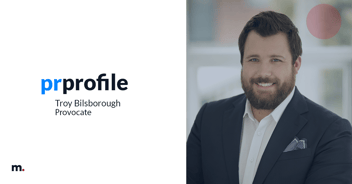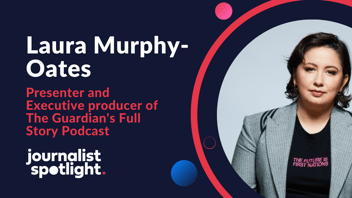Federal election 'newsjacking': How to prepare your PR campaign and spokesperson (Part 2)
‘Newsjacking’ refers to the practice of using existing news events or occasions to share your own unique industry insights, and it’s becoming an increasingly popular PR strategy.
Because of this PR noise around busy media events such as the Federal Election, it’s important to get your strategy right so you can reach journalists and get your story picked up by the media.
Below are some more tips for getting the most out of the election or other newsjacking opportunities.
Have a read of part one of this article if you haven’t already to find out what journalists are looking for in a story pitch.
Consider brand reputation and messaging.
Equally as important as having an original and compelling message is ensuring that this will paint the right picture about you or your client’s brand.
As Phoebe Netto, founder and Managing Director of Pure Public Relations pointed out recently, “not all publicity is good publicity”.
“Decide what your position should be and how it should be articulated, so that one; you can get media coverage, but two; it's not going to be polarising or make you look foolish,” Phoebe told Medianet.
“It [needs] to be relevant and matched well to your expertise, not just a personal opinion, so once you do get that media coverage in relation to the federal budget or election, are you able to still tie that into what you want to be known for? Is it going to look good when you share it on your website or social media or share it with potential clients? Are you going to be able to have a consistent message threaded through the media coverage?”
For more insights from Phoebe, see our recent Q&A where she discusses getting big PR with a small budget.
Be available.
It’s important that any spokesperson is prepared and available to speak to a journalist at short notice or outside of normal business hours. The news cycle moves quickly, and many journalists are going to discard your story if it means having to wait till Monday to hear your response to the election outcome.
Having images or other resources pre-prepared for journalists will also make it easier for them to say ‘yes’ to your story on the night.
Here’s some more tips on being a good spokesperson.
Target your campaign to the right journalists.
At Medianet we have spoken with countless journalists to find out what's most important to them in a PR story pitch. Overwhelmingly, they tell us the most important part of a pitch is that the story is relevant to both the journalists’ publication and audience.
“I think most journalists would say the more targeted the better: know the journalist, the show and the network you’re pitching to.”
Rather than sending your release out to as many journalists as possible, being targeted with your distribution is far more effective, both short and long term. Sending a release to the wrong audience could harm your relationship with them, impacting on the success of your future campaigns.
A good place to start is searching an up-to-date database of media contacts for journalists who are currently covering the relevant subject matter, or using already curated contact lists to distribute your release to all the relevant journalists and newsrooms.
Goodluck and happy newsjacking!



